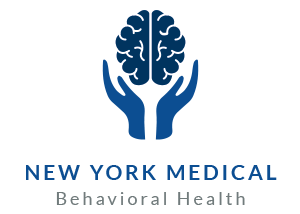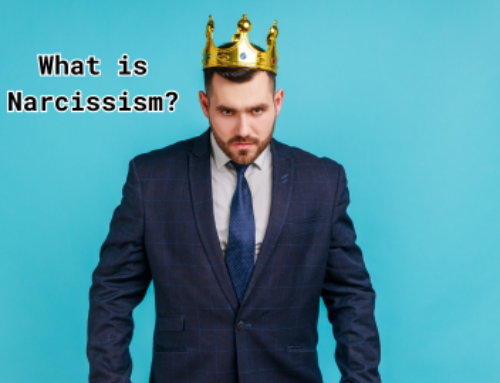The Current Status of TMS
In the United States, transcranial magnetic stimulation therapy (TMS) is approved by insurance carriers to treat major depressive disorder (MDD), but we have hope that it will soon be extended to cover other mental illnesses. We’ve said before that the research is promising, but what exactly is going on with TMS studies lately? Read on to find out.
Communications Biology
An article published in late 2019 on Nature.com’s Communications Biology section details how a group of scientists are using noninvasive brain stimulation (NIBS) techniques to further neuroscience research. The focus of their studies are to see what effects NIBS techniques like TMS have on brain activity at the cellular level, and how localized changes in the brain might affect other parts of the brain, and how those might affect the body’s reactions to stimuli.
Nature Communications
Similar to the previous study, scientists are performing experiments on macaque monkeys to see more of how TMS affects the brain on a cellular level. The goal in this case is to work out the spread of the TMS current over the animal’s parietal cortex (a part of the brain dealing with processing sensory information, like the sense of touch) using computer software to provide visual results. These techniques, like those used on humans, are also noninvasive and are not injurious to the monkeys. This research will help scientists and doctors figure out how to better target treatments such as TMS and monitor their effect on other parts of the brain. So far, the results prove very similar to those shown in humans, which is good news.
The Scientific Consensus on rTMS
This research published in the US National Library of Medicine and the National Institutes of Health provides much information on the scientific consensuses available on the administration of TMS and rTMS (repetitive transcranial magnetic stimulation). These include evaluations of a patient’s medical history (such as strokes, current medications, substance abuse, etc.) and data on subsequent actions with the patient’s safety as top priority.
New Treatment Subsets
A particularly exciting bit of news is the FDA’s approval of a modified version of TMS known as iTBS, or intermittent theta-burst stimulation. This treatment uses shorter but stronger magnetic pulses that are administered over a shorter time period, usually three minutes, whereas TMS can take as long as forty minutes. Both have significant success rates in terms of improving the patients’ treatment-resistant symptoms, even bringing them into remission. We’re excited to see where this goes!
Looking Ahead
Rochester Holistic Psychiatry is committed to giving our patients only the best, safest, and most thorough care. We monitor developments in psychiatric research closely so that we never fall behind in this vital field of health care. Call us today to discuss your options for a healthier, happier mind.



